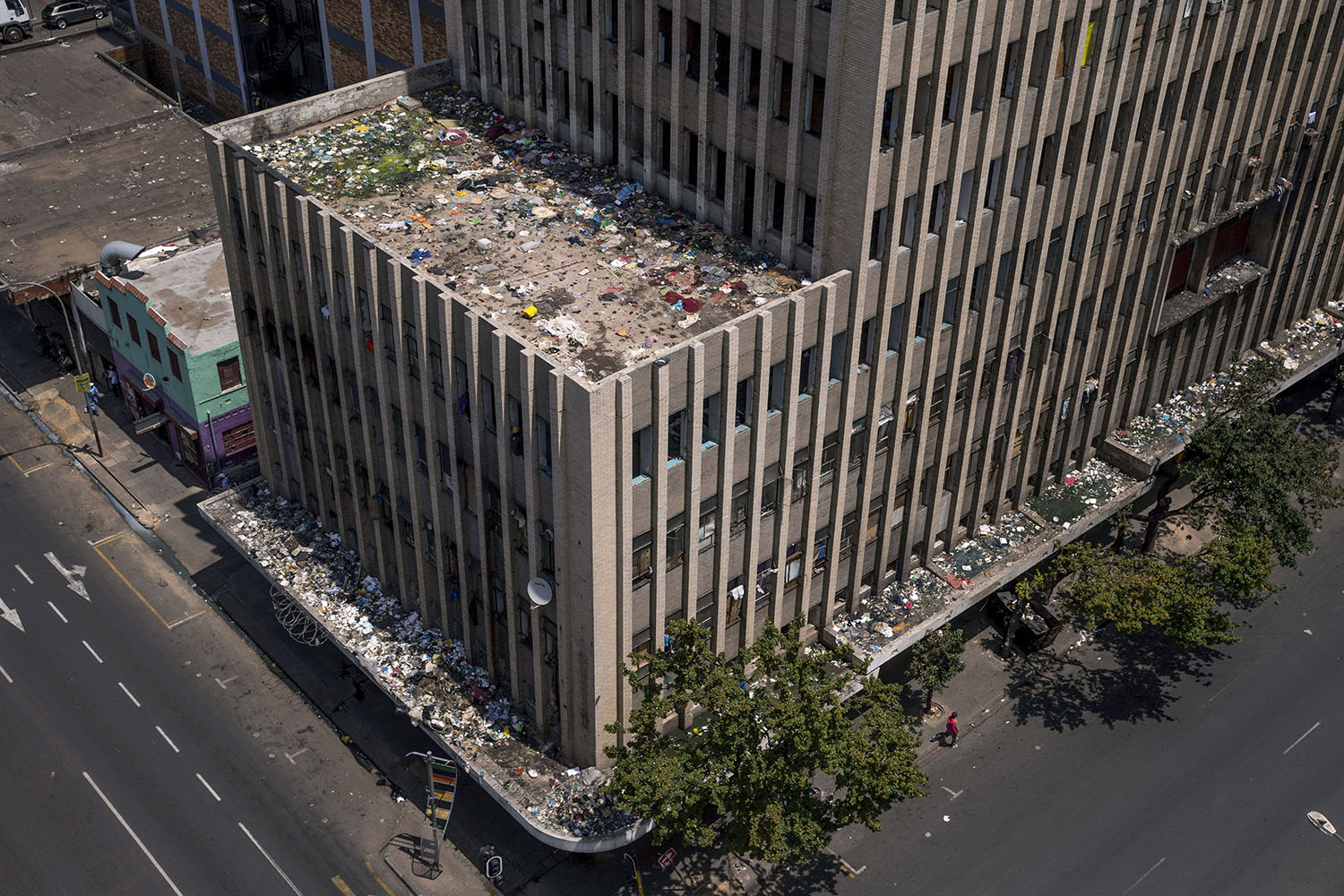
In 2015, more than a million migrants and refugees from the Middle East and Africa trekked north, in search of better lives on Europe’s shores.
But for thousands of African migrants, it’s a completely different journey they’ll undertake for this dream of a better life. Rather than aim for Europe, they’ll head to South Africa, one of the continent’s largest economies.
Once they get to South Africa – often entering the country illegally – they are “confronted with the realities of how difficult it is to be an immigrant in a country that is not necessarily favorable to foreigners,” says Jonathan Torgovnik, who has spent the last year photographing African migrants living in some of Johannesburg’s abandoned inner city high-rise buildings.
Torgovnik’s photographs highlight the squalid conditions in which these migrants live, with most of the “hijacked” buildings lacking electricity or running water. “I wanted to give the viewers a sense of this claustrophobic feeling of living, in my opinion, in the worst urban poverty I’ve ever seen in all my travels around the world,” he tells TIME. “I wanted to give a sense of that place, the rooms, their surroundings.”
The majority of occupants are men from Malawi, Tanzania and Zimbabwe, though other nations like Kenya and Nigeria are also represented. All hope to find a job that will allow them to send back funds to their families or bring their relatives into the country. “They come with these hopes and think they can really do something, but many of the people I met in fact did not have any work,” says Torgovnik. “It’s really quite sad to see them leaving their families, leaving everything they had and coming to this. The dream is shattered.”
Meanwhile, these migrants also have to face the simmering resentment some South Africans have for foreign migrants. “There’s been a lot of xenophobia and violence in South Africa in recent years,” says Torgovnik. “[Some South Africans] feel that these African migrants are coming in and taking jobs away from them.” In April 2015, a wave of attacks targeting migrants resulted in seven deaths, with thousands of people fleeing the country.
Torgovnik is not under the illusion that his photographs will help to improve the living conditions of these migrants, but, he says, he hopes the people who drive by these buildings will gain insight into what’s happening in their country, just out of sight. “It’s not very rosy,” he says.
Jonathan Torgovnik is a documentary photographer and photojournalist based in Johannesburg. He is represented by Getty Images Reportage.
Michelle Molloy, who edited this photo essay, is a senior international photo editor at TIME.
Olivier Laurent is the editor of TIME LightBox. Follow him on Twitter and Instagram @olivierclaurent
Follow TIME LightBox on Facebook, Twitter and Instagram.
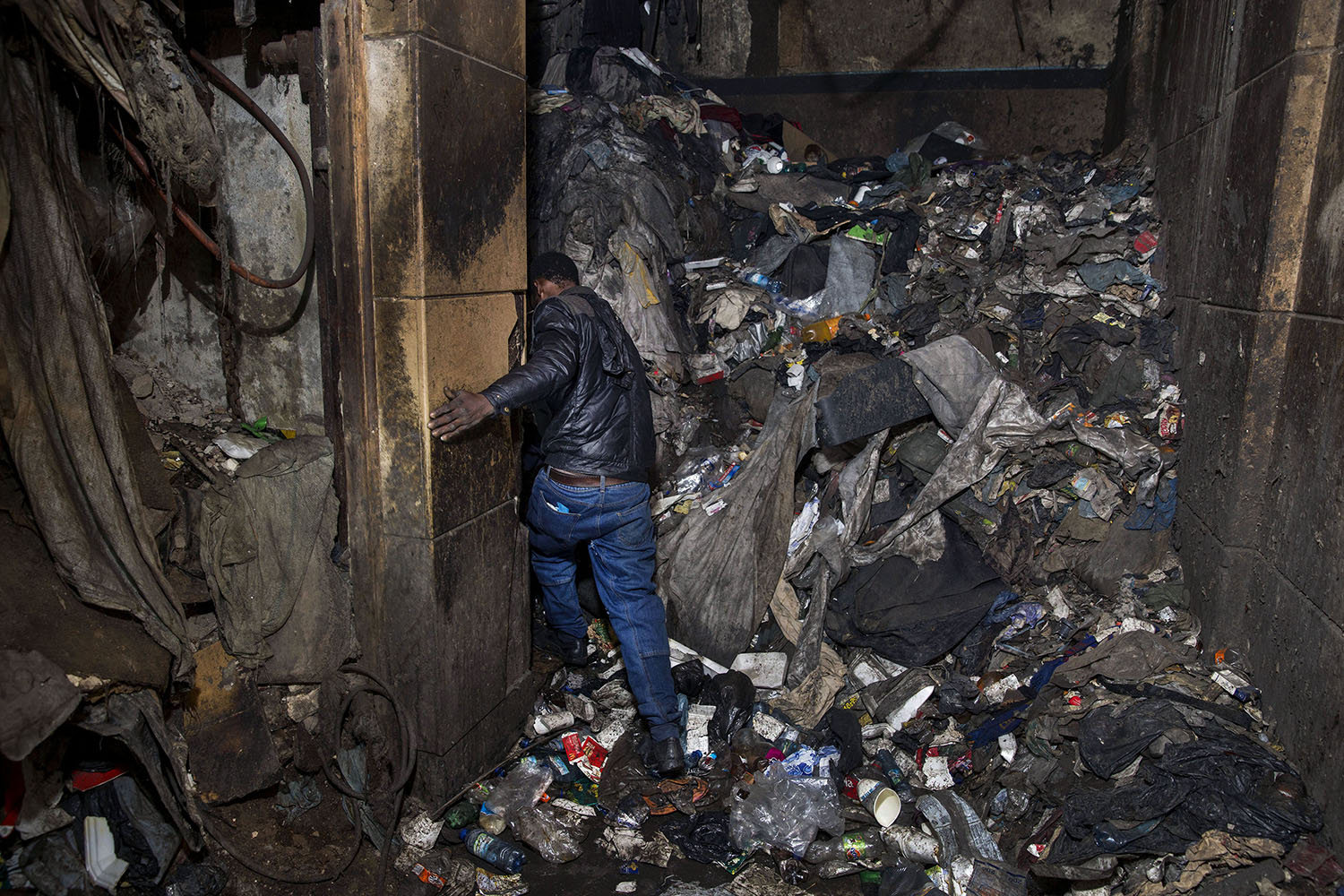
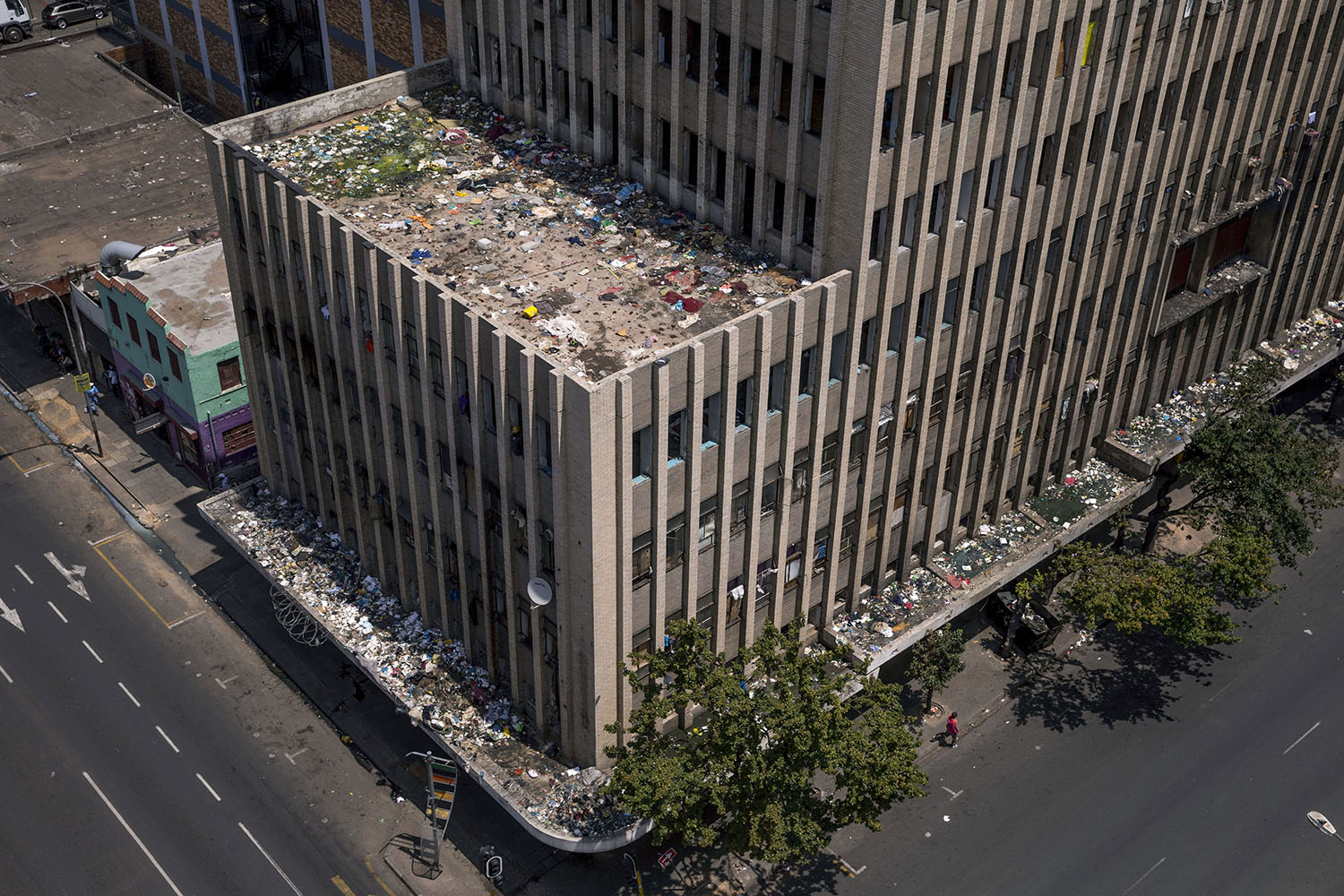
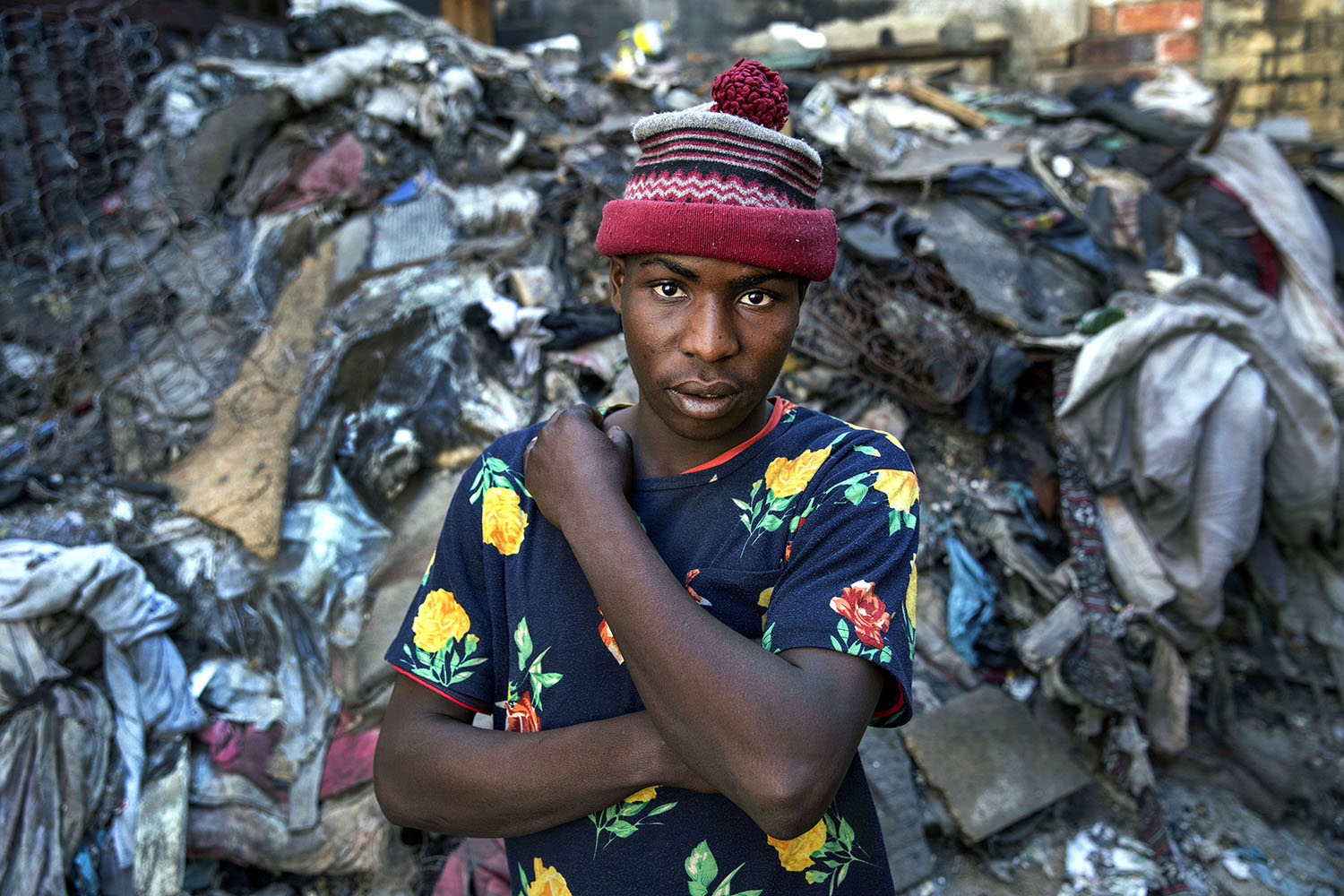
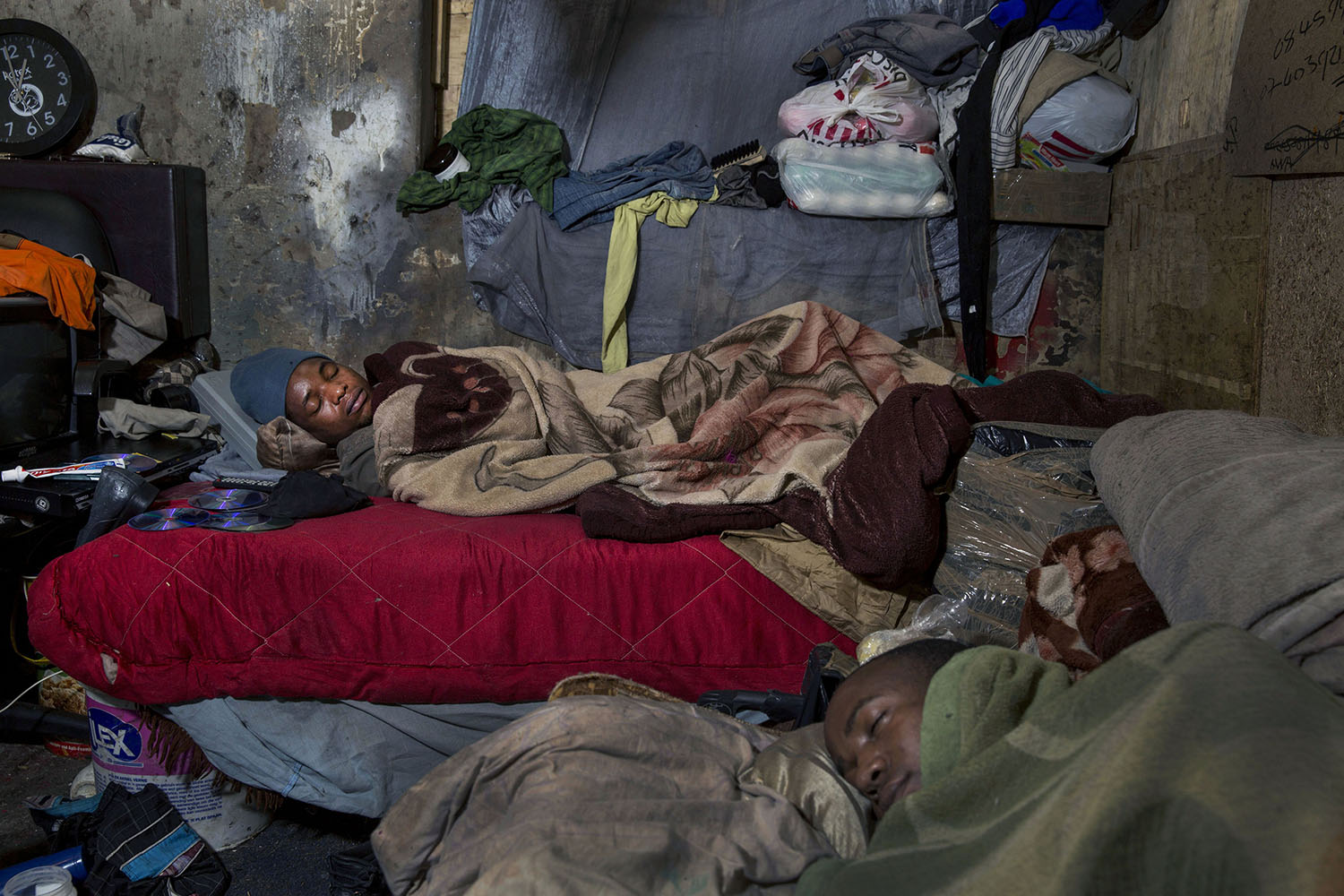
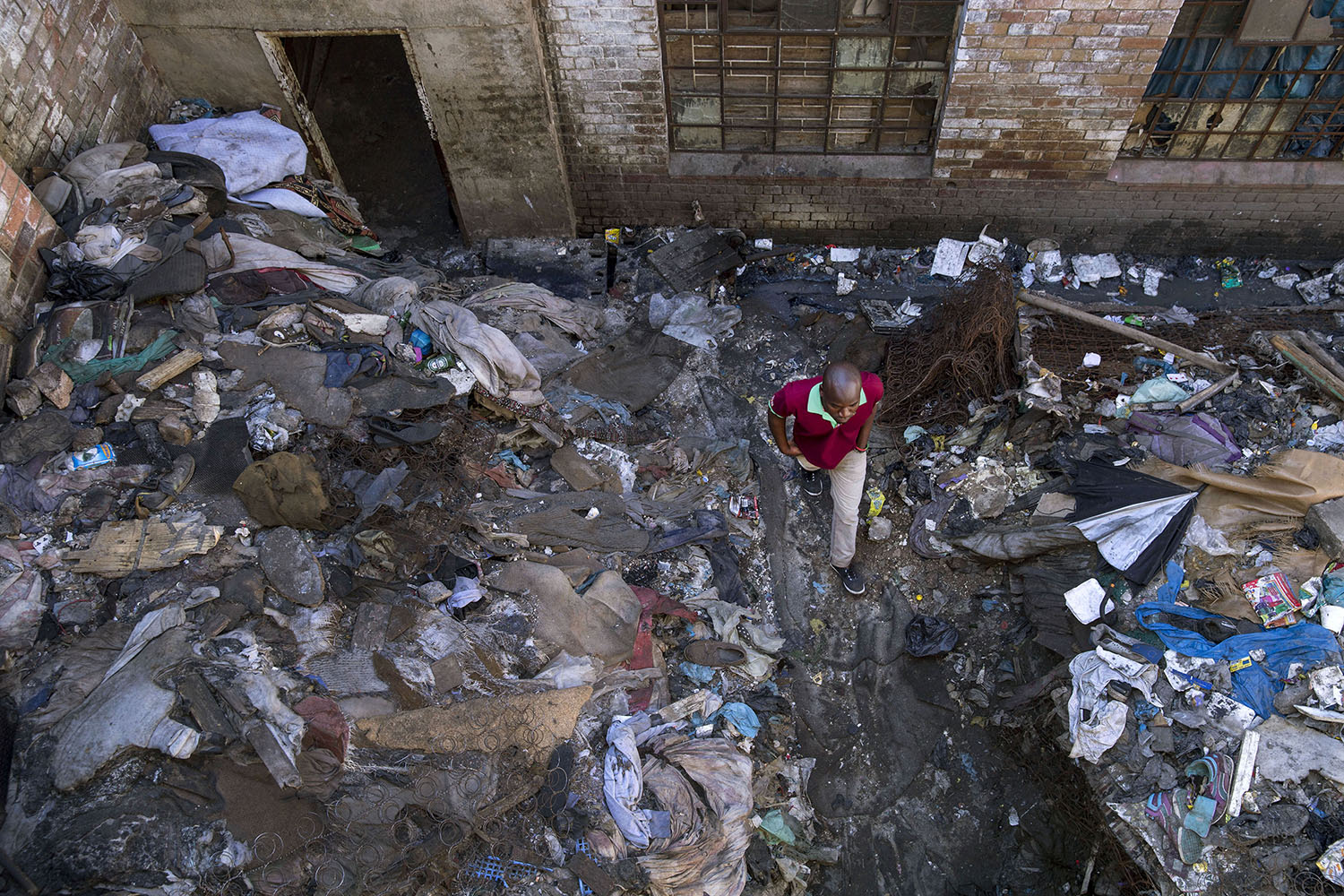
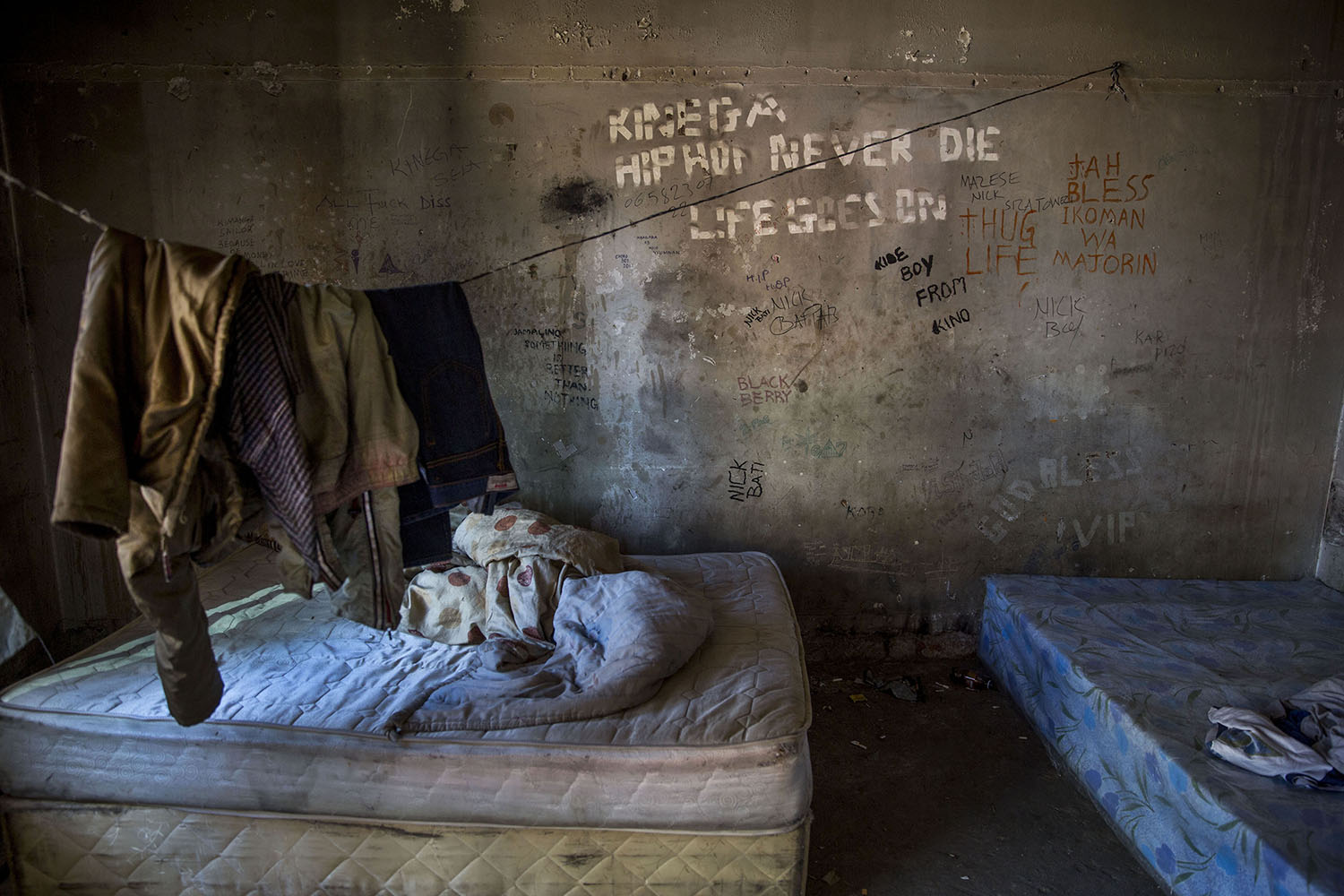
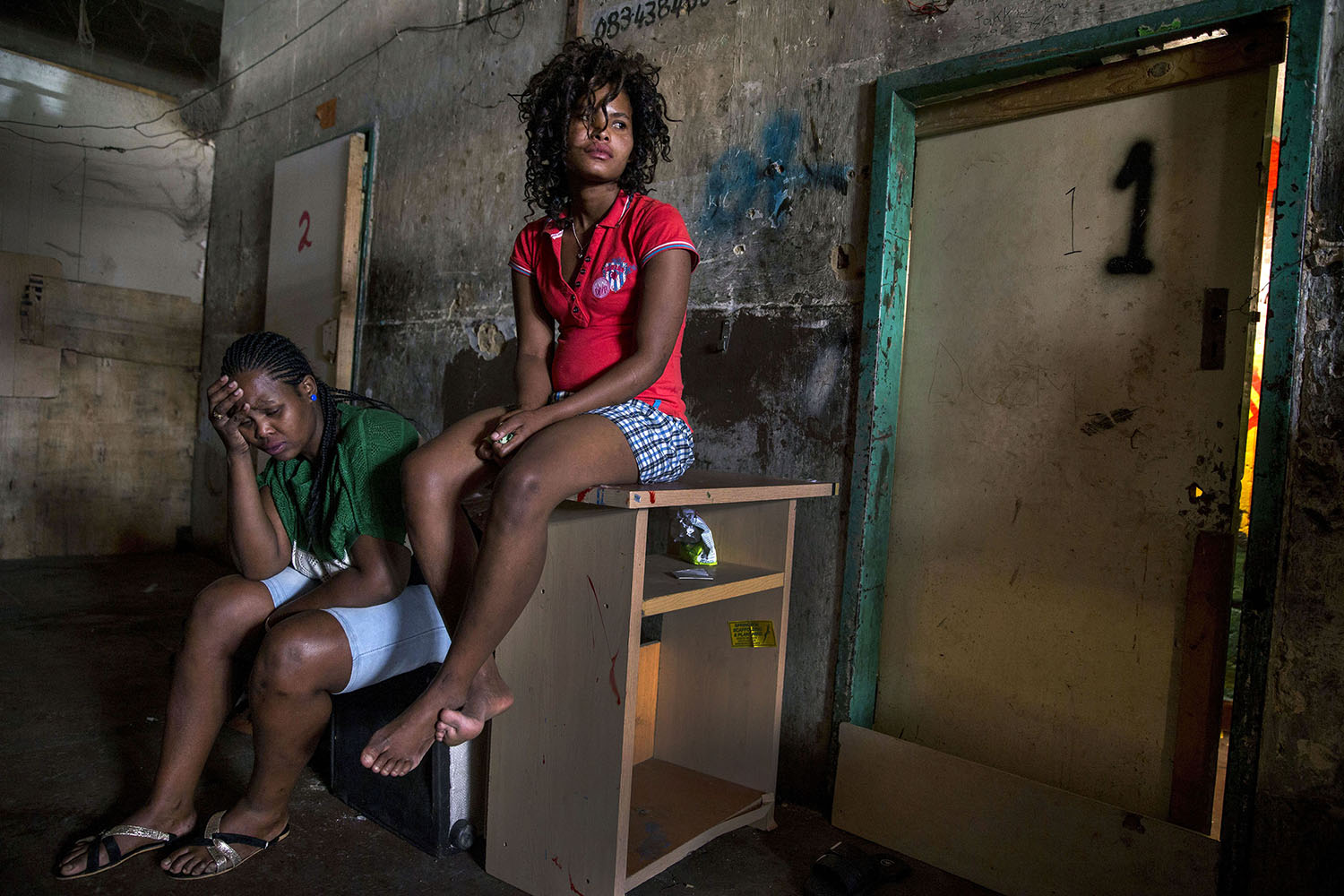
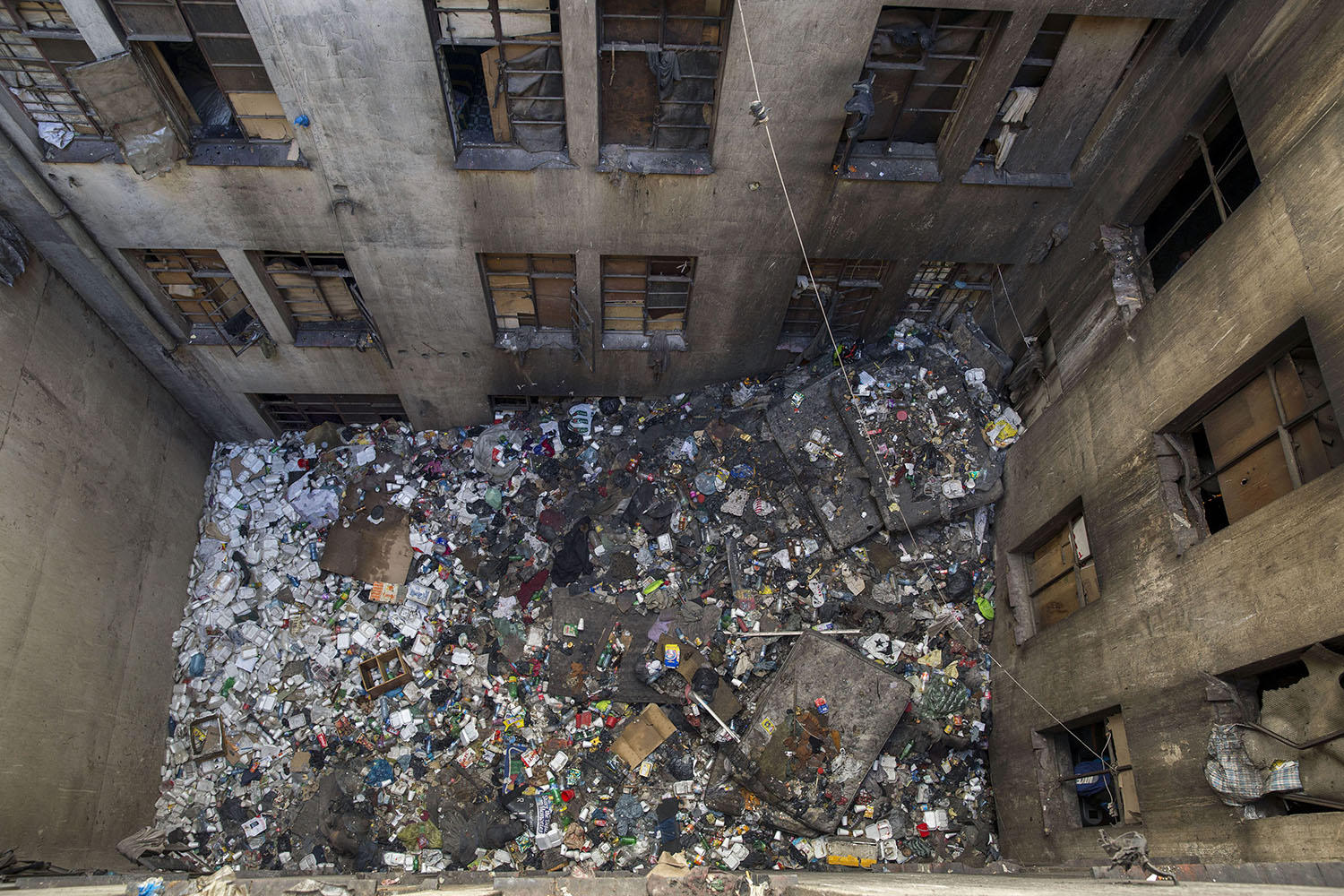
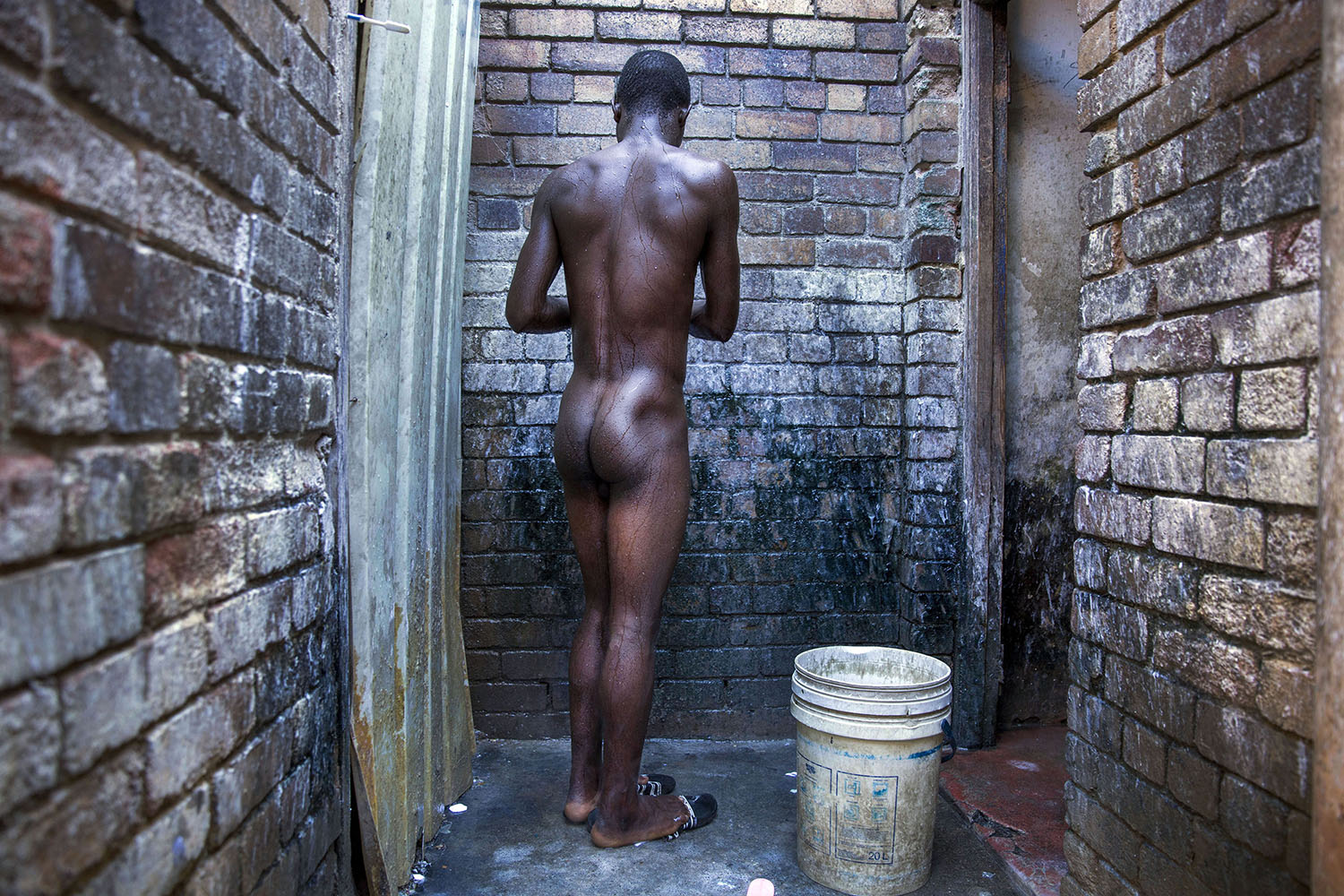
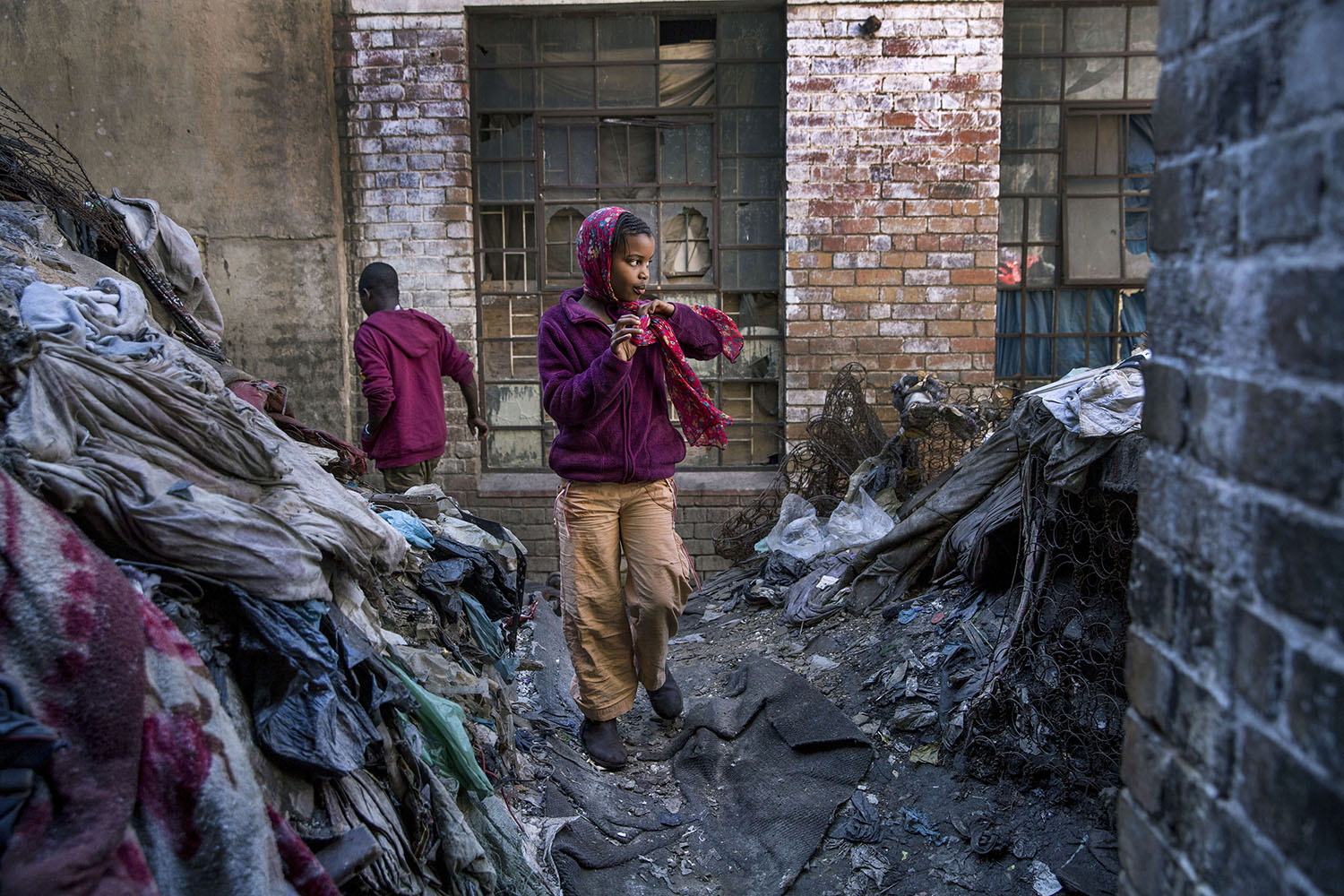
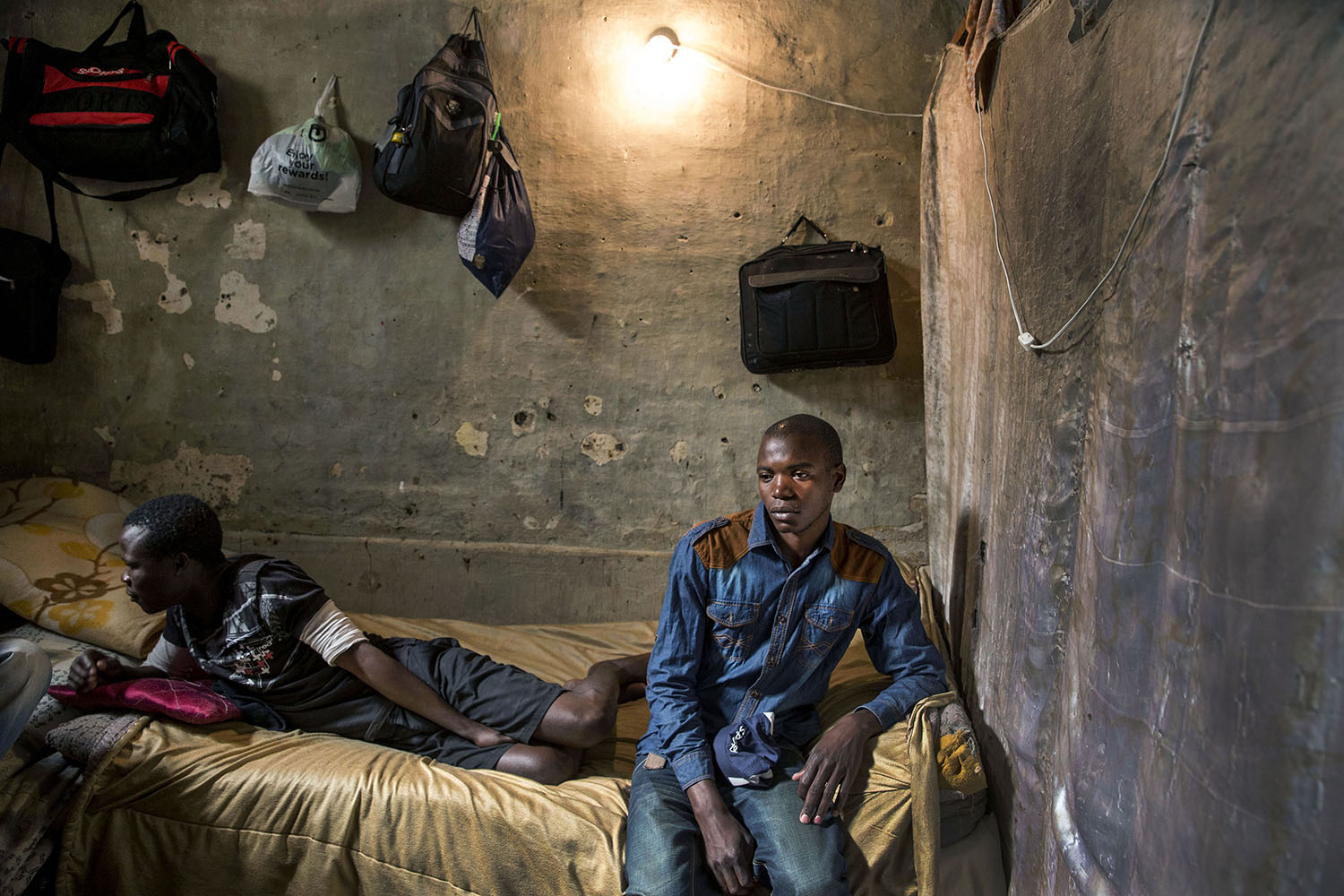
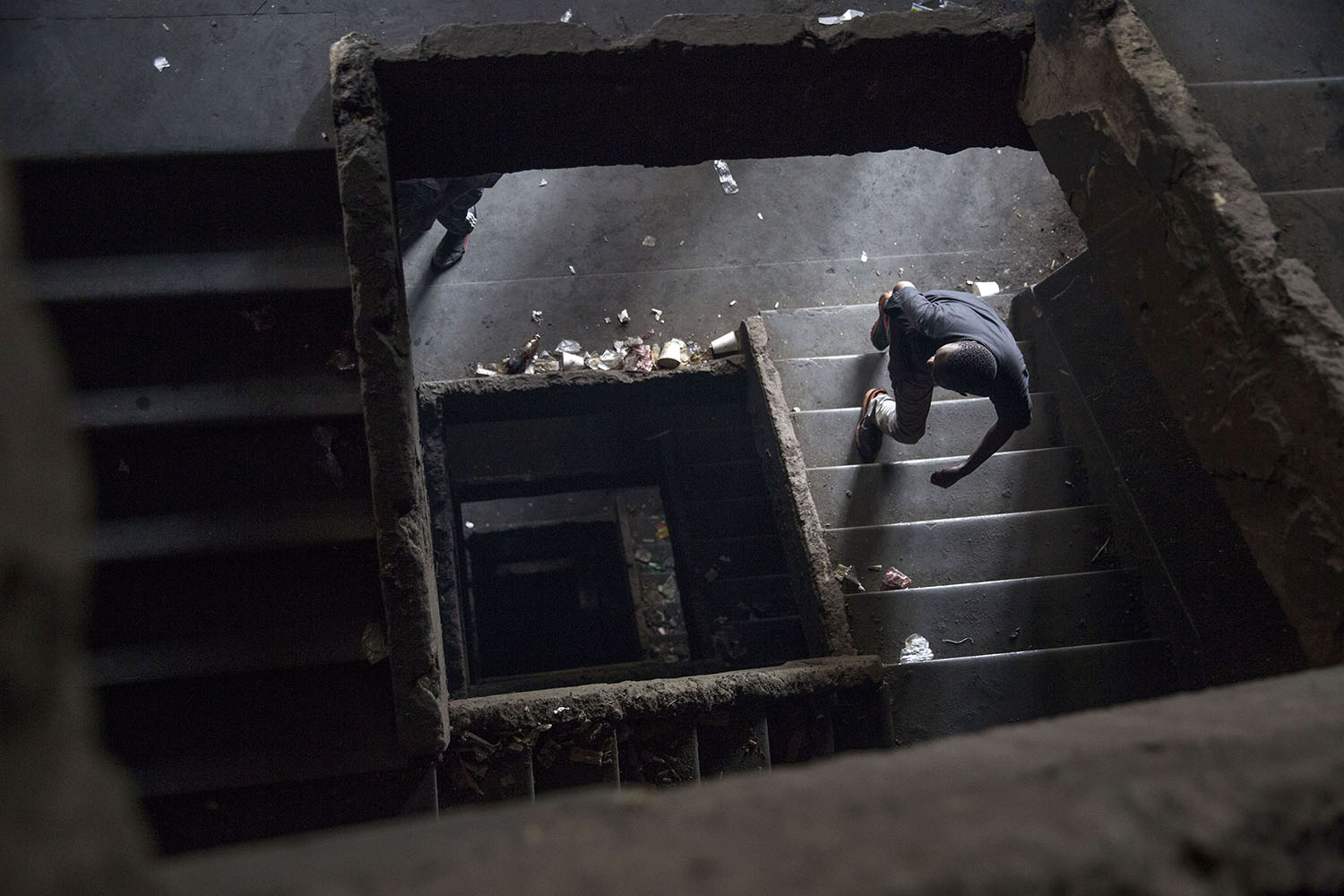
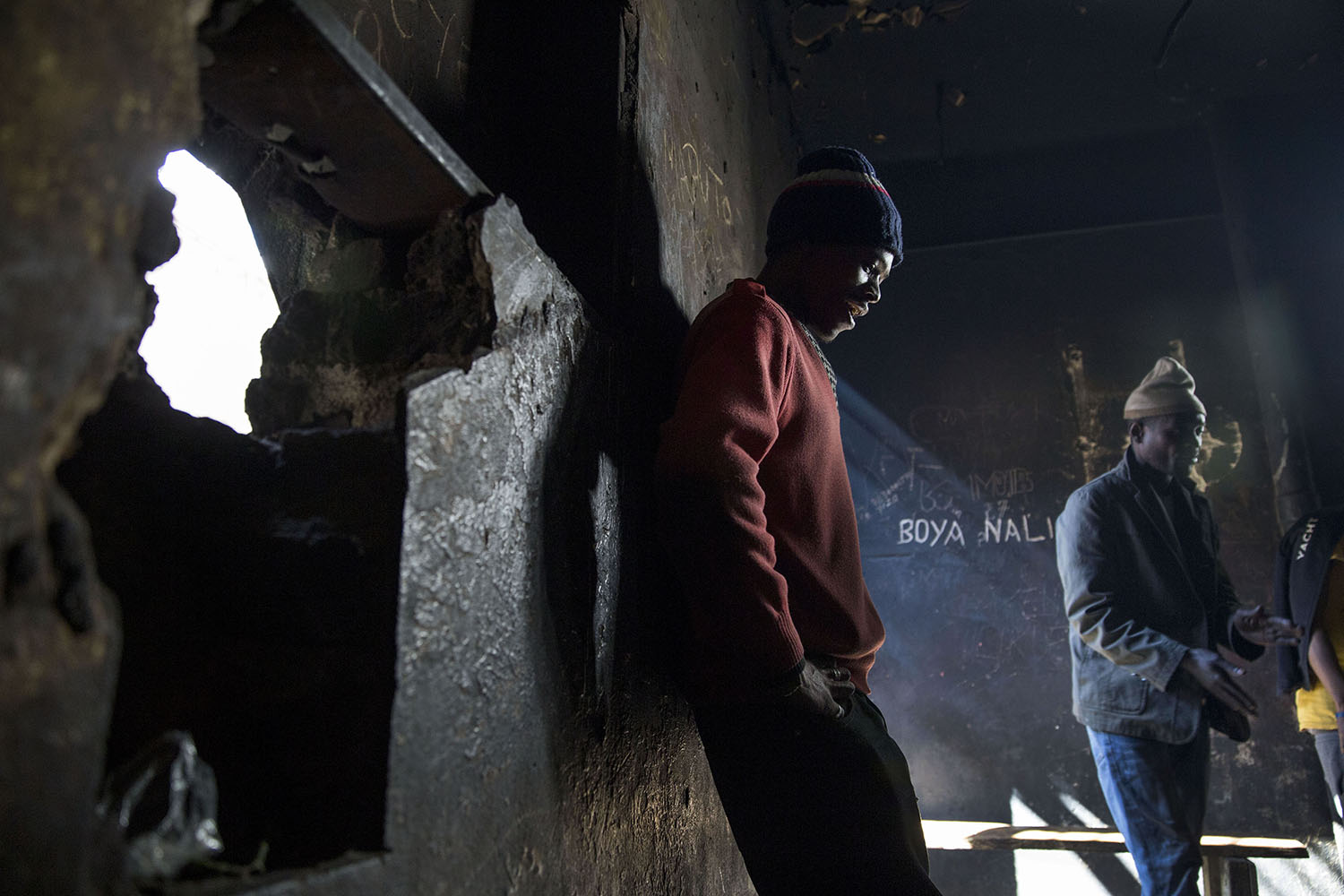
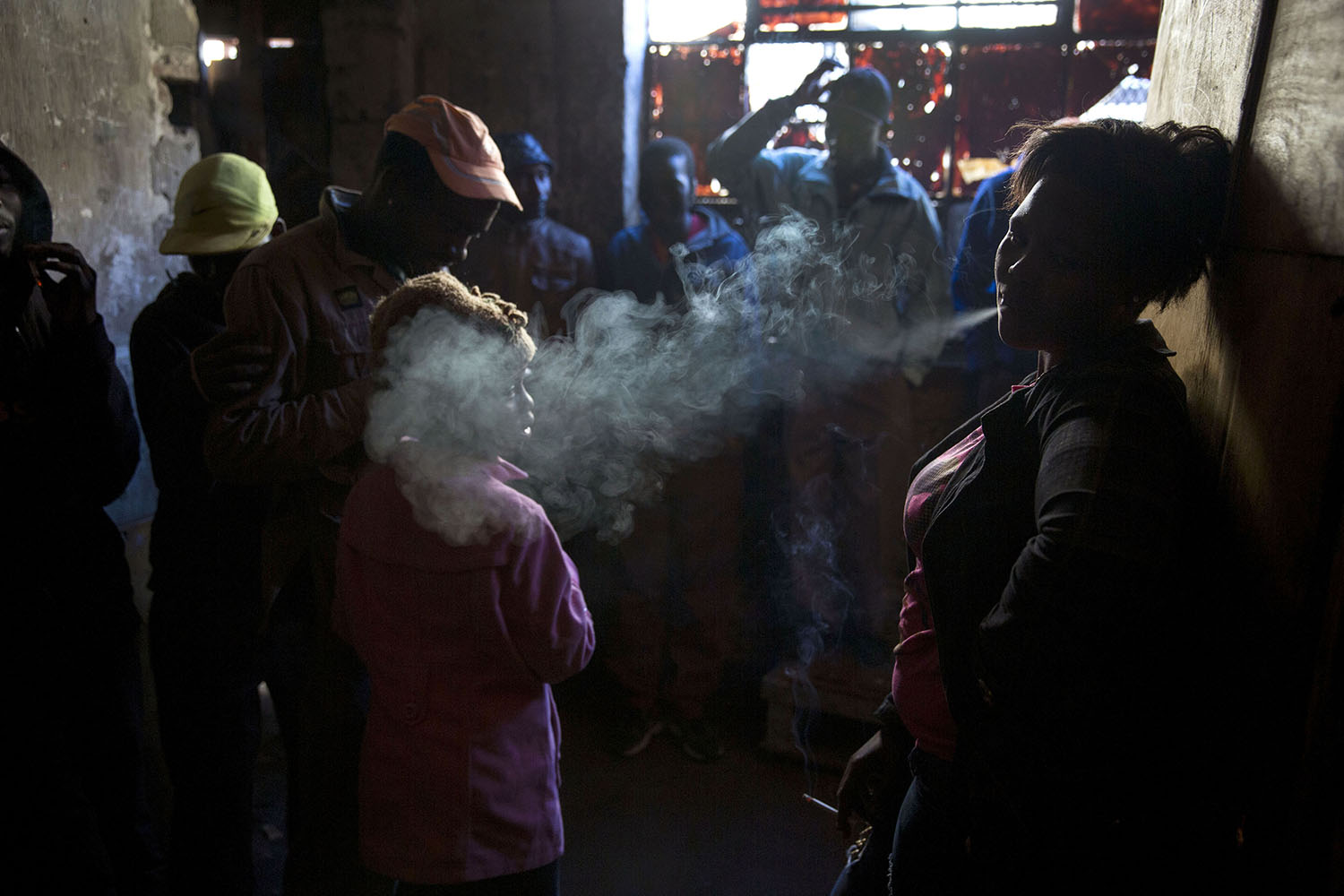
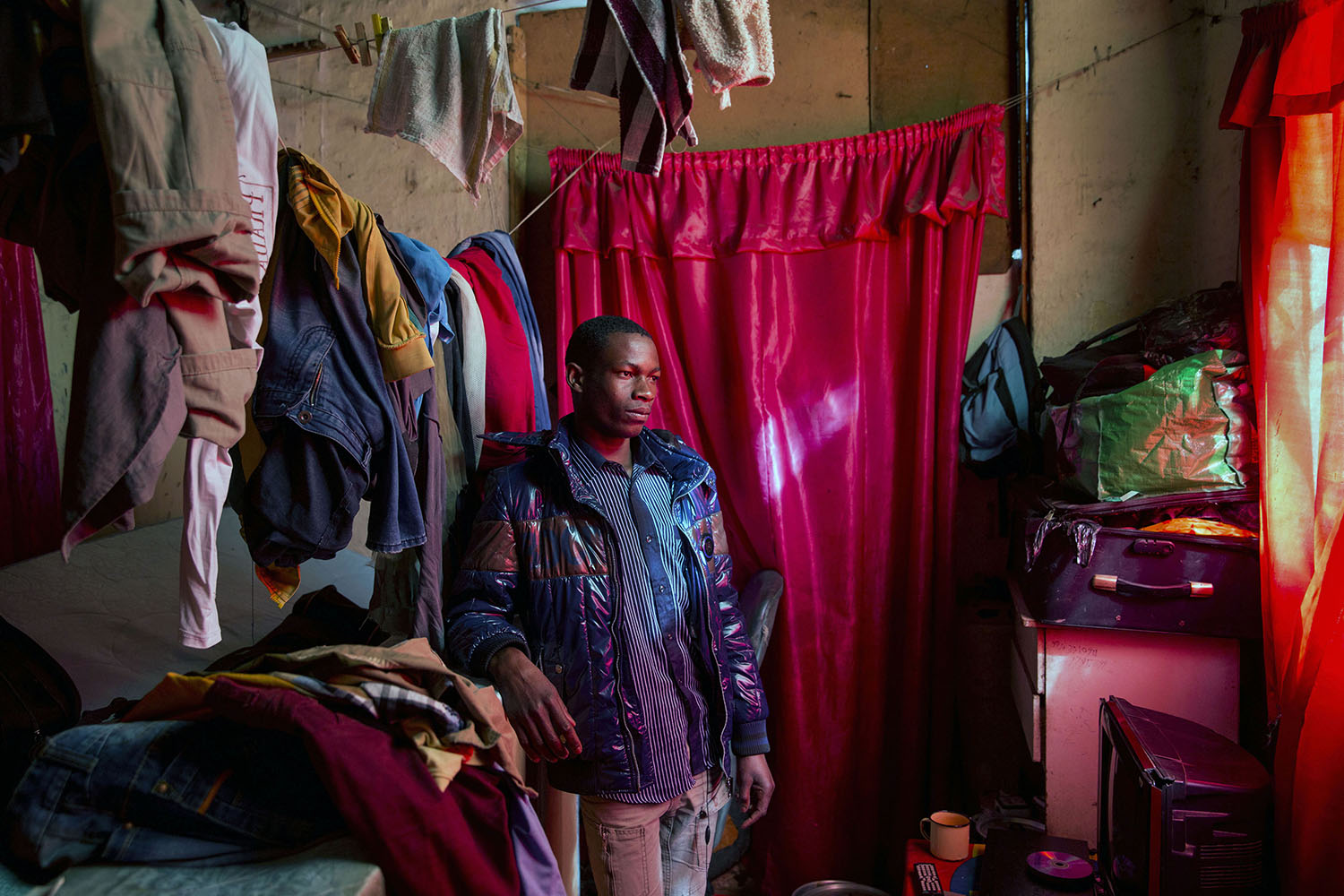
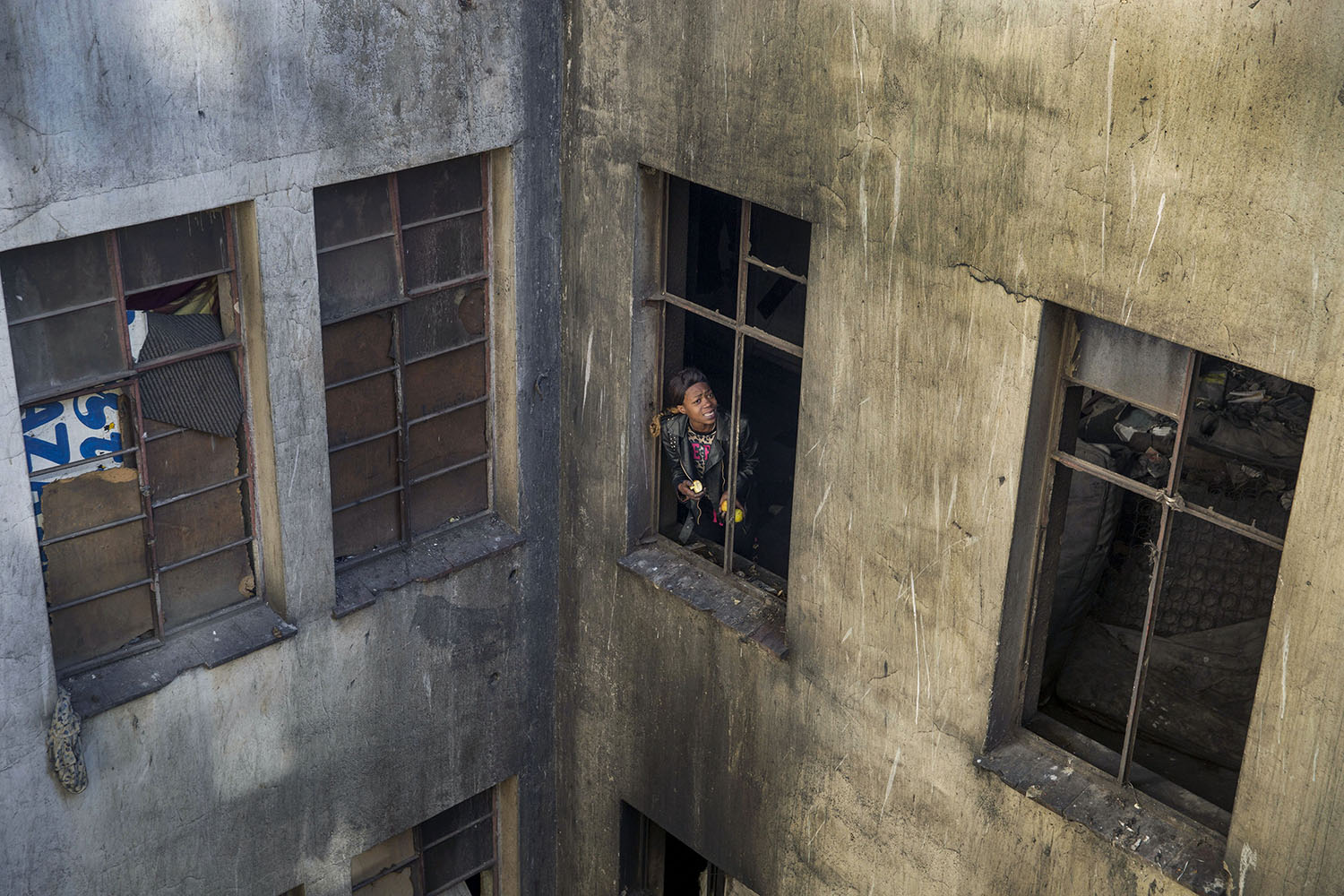
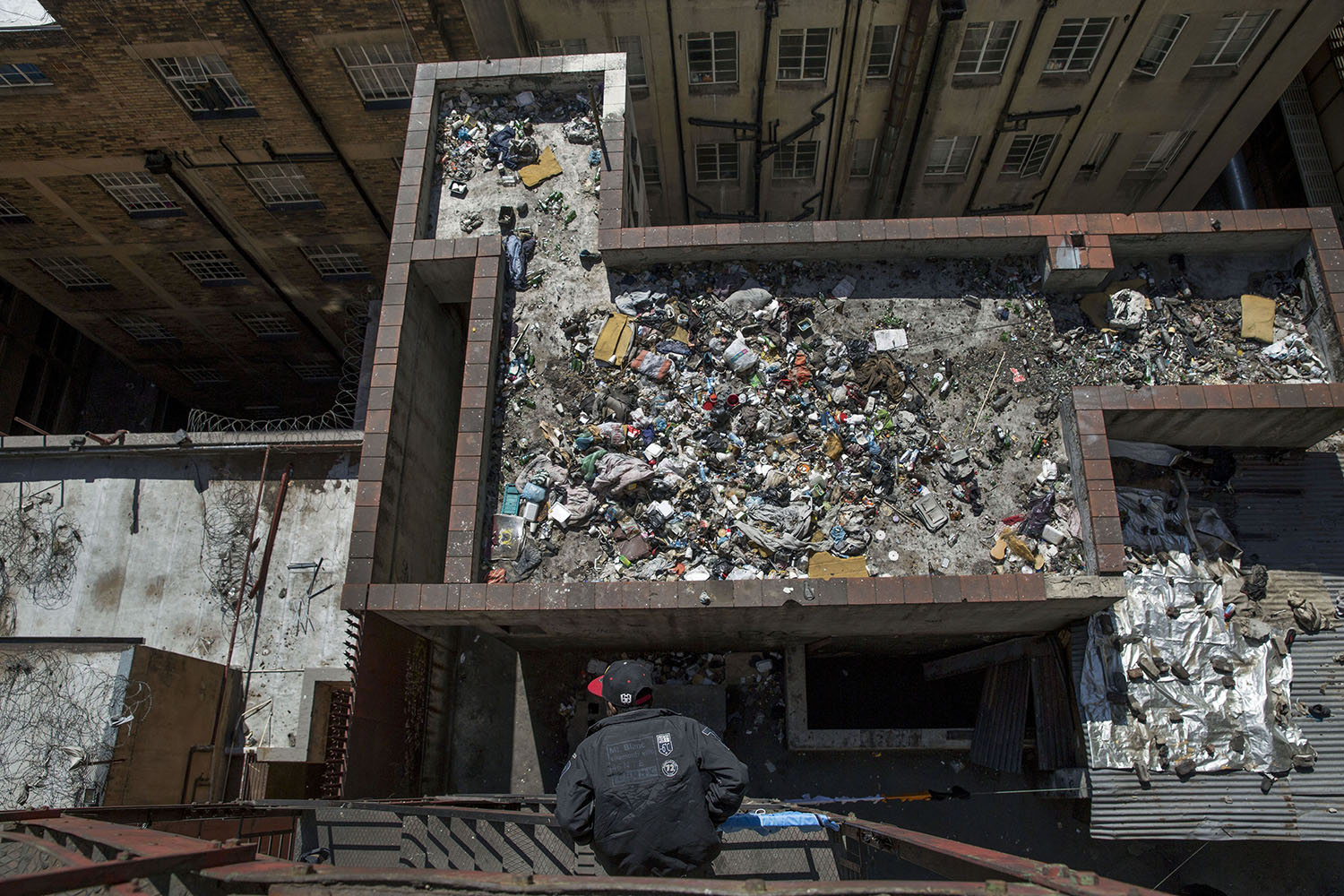
More Must-Reads from TIME
- L.A. Fires Show Reality of 1.5°C of Warming
- Behind the Scenes of The White Lotus Season Three
- How Trump 2.0 Is Already Sowing Confusion
- Bad Bunny On Heartbreak and New Album
- How to Get Better at Doing Things Alone
- We’re Lucky to Have Been Alive in the Age of David Lynch
- The Motivational Trick That Makes You Exercise Harder
- Column: All Those Presidential Pardons Give Mercy a Bad Name
Contact us at letters@time.com